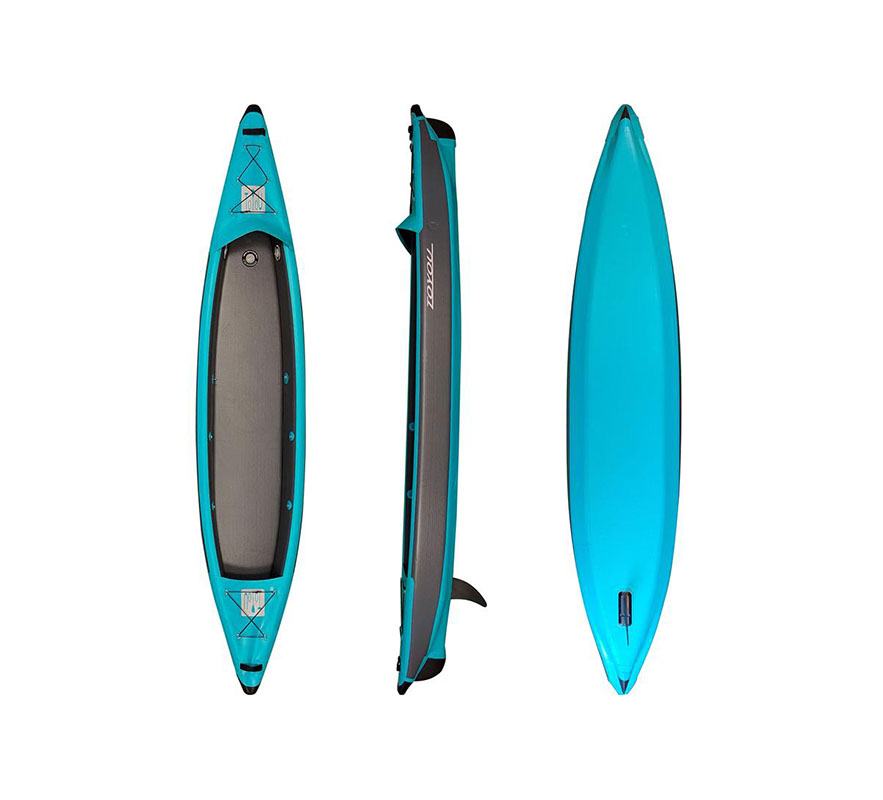For beginners, it’s ideal to start kayaking in calm and flat waters where you can learn basic paddling techniques and gain confidence on the water. Here are some recommended locations for beginners to kayak:
- Lakes:
- Lakes provide calm and still waters, making them excellent for beginners. Choose a smaller lake or a designated beginner-friendly lake with minimal boat traffic.
- Ponds:
- Ponds are typically smaller than lakes and often have calm waters, making them great for practicing paddling skills in a controlled environment.
- Slow-moving Rivers:
- Choose slow-moving rivers with gentle currents for a relaxed and enjoyable kayaking experience. Avoid rivers with challenging rapids until you gain more experience.
- Reservoirs:
- Reservoirs are often created by damming rivers and can offer calm and spacious waters. Check for any regulations or restrictions before kayaking in a reservoir.
- Estuaries and Bays:
- Some estuaries and bays provide sheltered waters suitable for beginners. Check the tidal conditions and weather forecasts before heading out.
- Creeks and Streams:
- Select smaller creeks and streams with slow currents for a peaceful kayaking experience. Ensure that the waterway is suitable for beginners and free from obstacles.
- Inland Waterways:
- Many areas have inland waterways, such as canals or man-made channels, which can be ideal for beginners due to their generally calm and controlled conditions.
- Quiet Coastal Areas:
- Some coastal areas have protected bays or coves with calm waters. Look for areas sheltered from strong winds and waves.
- State and Local Parks:
- Many state and local parks have designated areas for kayaking, including beginner-friendly water bodies. These areas often provide rental services and safety information.
- Kayak Rental Centers:
- Consider renting kayaks from a reputable kayak rental center. These facilities often operate in beginner-friendly locations and can provide guidance on basic paddling techniques.

Tips for Beginner Kayakers:
- Take a Kayaking Lesson:
- Consider taking a kayaking lesson from a certified instructor to learn proper paddling techniques, safety tips, and rescue skills.
- Use a Sit-on-Top Kayak:
- Sit-on-top kayaks are generally more stable and easier for beginners to enter and exit. They also offer a more open and comfortable paddling experience.
- Wear a Personal Flotation Device (PFD):
- Always wear a properly fitting PFD while kayaking, regardless of your skill level. It’s a crucial safety precaution.
- Check Weather Conditions:
- Before heading out, check weather forecasts and water conditions. Avoid kayaking in adverse weather conditions or strong winds.
- Inform Someone of Your Plans:
- Let someone know your kayaking plans, including your intended route and estimated return time. This is a safety precaution in case of unforeseen circumstances.
- Start Close to Shore:
- Begin your kayaking journey close to the shore. Practice paddling, turning, and stopping before venturing into deeper waters.
Remember to prioritize safety, have the necessary safety equipment, and enjoy the learning process. As you gain more experience and confidence, you can gradually explore more diverse and challenging kayaking environments.
